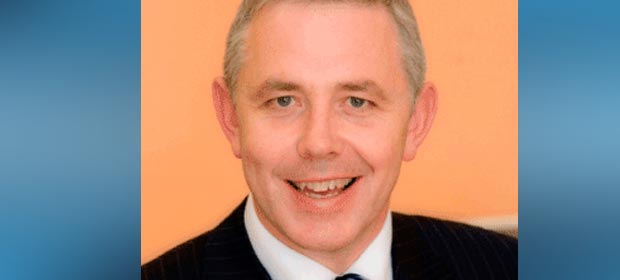Governance arrangements for the transitional hospital groups and the leadership posts which would be involved in these groups were dealt with by Prof. John Higgins when he addressed the HSE South Forum. Maureen Browne reports.
Governance arrangements for the transitional hospital groups and the leadership posts which would be involved in these groups were dealt with by Prof. John Higgins when he addressed the HSE South Forum.

Prof. Higgins, who led the expert group which produced the reconfiguration report on which the new groupings are based, said the governance of the transitional hospital groups provided that they would be on a non-statutory basis and would be subject to formal evaluation. The primacy of service provision was recognised and Academic Healthcare Centre Model could be used for overarching governance.
There would, he said, be an interim Group Board of 6-9 members. The Board would be skills based and members would have governance training. The Board would report to the HSE or its successor and would have an annual business plan/Memorandum of Understanding (MoU). There was provision for audit by the HSE but there would be group flexibility re service delivery.
The Minister would appoint the Board Chair, and the Chair would nominate Board members to the Minister for appointment. The role of Chair and CEO would not be combined. Voluntary delegation of powers and common membership would be required to achieve interim group boards.
He said management would be led by the CEO, who would be legally accountable to the HSE or its successor. The leadership posts would consist of a Chief Executive Officer, a Chief Clinical Director, a Chief Academic Officer, a Chief Director of Nursing, a Chief Finance Officer, a Chief Operations Officer and an International “Buddy”.
Individual hospital managers would be accountable to the group CEO, either directly in HSE hospitals or via hospital boards in voluntary/joint board hospitals. Individual hospital management teams would be dependent on the hospital size and range of services it provided.
The leadership posts would consist of a Chief Executive Officer, a Chief Clinical Director, a Chief Academic Officer, a Chief Director of Nursing, a Chief Finance Officer, a Chief Operations Officer and an International “Buddy”.
Well functioning Hospital Groups would transition to Hospital Trusts and groups would be expected to prepare for trust status.
Trust CEOs would be recruited by open international competition through the Public Appointments Service (PAS). Appointments would be for five years subject to performance review by the Board.
The role of Chief Executive Officer would be to lead the group, manage resources, assets and staffing levels (including recruitment), adhere to national and EU public procurement/competitive tendering requirements and initiatives, merge site specific services to reduce duplication, and develop information sharing and ICT communication within the group, with other groups and with the wider health/social services. The CEO would also be responsible for risk management, audit, capital spending and service development supported by business plan to the HSE/DoH
Prof. Higgins said the primacy of service was imperative but “research, education and training were crucial for innovation that could sustainably improve service provision.” For this reason, the re-configuration report correctly emphasised the importance of academic linkages for effective hospital groups. There would be a primary academic partner for each group, the Chief Academic Officer would be a key member of the management team and the Academic Health Centre was the model of acute hospital care provision.
He said that the implementation plan for the third quarter of this year involved meeting with each new hospital group, the establishment of Hospital Groups Implementation Team (HGIT) and Hospital Groups Steering Group (HGSG), the appointment of a chairperson for each Hospital Group, the commencement of the appointment of Group CEOs and front-line information and consultation at all acute hospitals.

